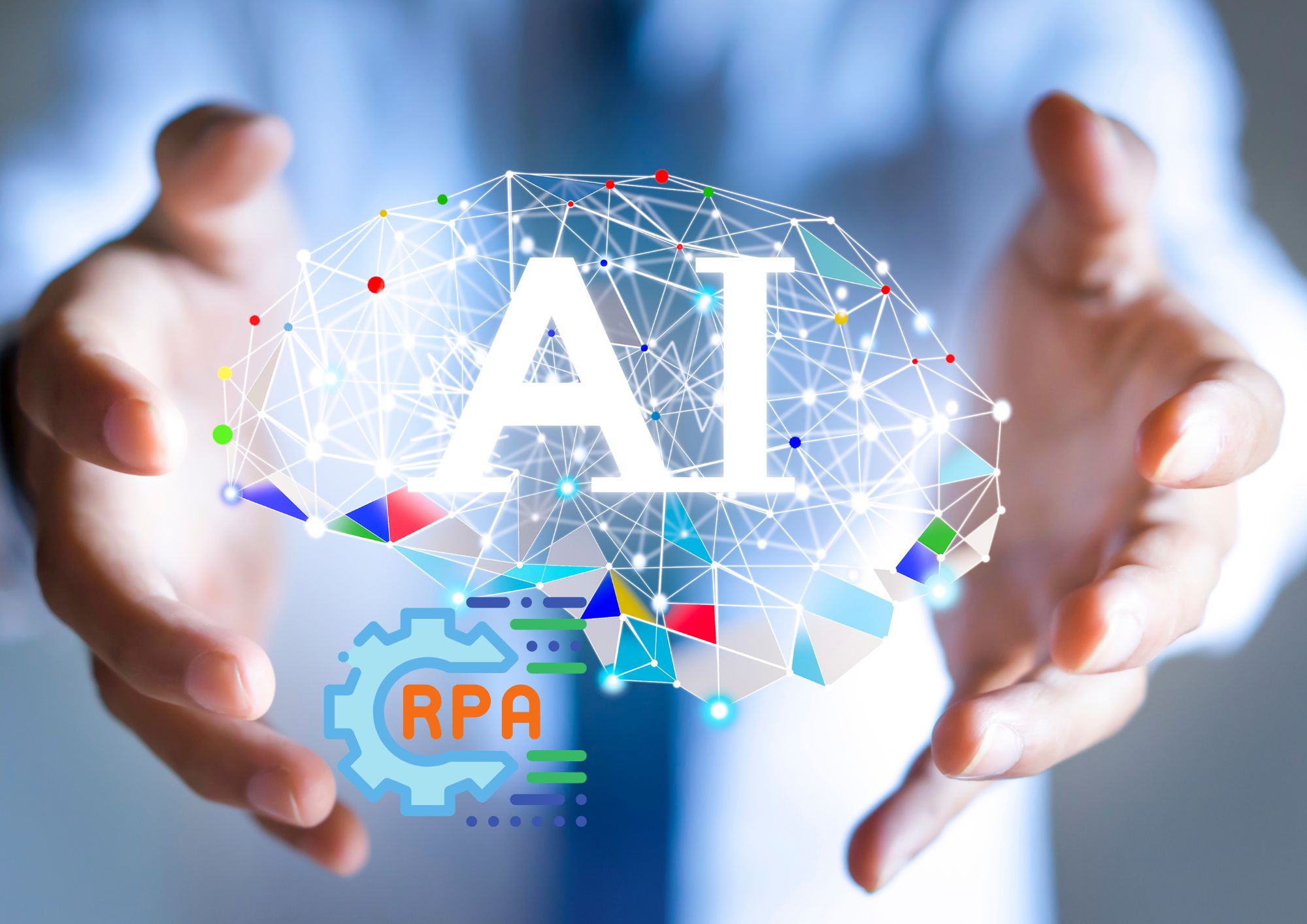The world is witnessing a technological revolution, with artificial intelligence (AI) and robotic process automation (RPA) at its forefront.
These cutting-edge technologies are revolutionizing the way businesses operate, enhance their RPA capabilities, and drive intelligent automation.
This article delves into the role of AI in enhancing RPA capabilities, with a focus on facts, figures, and real-life examples.
AI and RPA: A Perfect Partnership
AI and RPA have emerged as powerful tools that complement each other in delivering optimal business solutions.
While RPA focuses on automating repetitive tasks, AI brings in advanced capabilities like natural language processing (NLP), machine learning (ML), and computer vision, elevating the scope and efficiency of automation.
Example: Consider a customer service center inundated with support tickets.
RPA can automate the process of sorting and organizing these tickets, while AI’s NLP capabilities can analyze the content and categorize them based on urgency, allowing the support team to prioritize critical issues.
AI-Enhanced RPA: Unleashing the Power of Intelligent Automation
AI-enhanced RPA combines the strengths of both AI and RPA, resulting in intelligent automation that can execute complex tasks with minimal human intervention.
Fact: According to a study by Deloitte, organizations that have adopted AI-enhanced RPA have reported a 20% reduction in operating costs and a 60% increase in process efficiency.
Computer Vision and RPA
Computer vision enables AI-enhanced RPA to process images and videos, allowing bots to identify objects and extract relevant data.
This significantly improves the RPA capabilities in sectors like manufacturing, logistics, and quality control.
Example: In the automotive industry, AI-enhanced RPA can be used to inspect vehicles for defects. Computer vision algorithms can analyze images captured by cameras, identify any anomalies, and trigger corrective actions.
Natural Language Processing and RPA
NLP has significantly transformed RPA capabilities, empowering bots to understand and interpret human language.
This enables AI-enhanced RPA to handle tasks like sentiment analysis, language translation, and information extraction.
Fact: Gartner predicts that by 2025, 75% of customer service interactions will be handled by AI-enhanced RPA, thanks to its NLP capabilities.
Example: A multinational company can use AI-enhanced RPA to automatically translate its website content, allowing it to cater to a global audience without the need for manual translations.
Machine Learning and RPA
Machine learning enables AI-enhanced RPA bots to learn from data, identify patterns, and make informed decisions.
This allows for continuous improvement of RPA capabilities and increased efficiency in automating complex tasks.
Example: An e-commerce company can use AI-enhanced RPA to analyze customer behavior and recommend personalized product suggestions.
As the system learns from customer interactions, the recommendations become more accurate over time.
The Impact of AI-Enhanced RPA on Business Transformation
The combination of AI and RPA is driving a paradigm shift in intelligent automation, enabling businesses to achieve unprecedented levels of efficiency, cost savings, and scalability.
Fact: McKinsey estimates that AI-enhanced RPA has the potential to drive a 20-35% reduction in labor costs and generate up to $6.7 trillion in annual economic value by 2025.
Enhanced Customer Experience
AI-enhanced RPA is revolutionizing customer service by automating processes, reducing response times, and providing personalized experiences. This leads to increased customer satisfaction and loyalty.
Example: A telecom company can use AI-enhanced RPA to analyze customer complaints and automatically route them to the appropriate departments, leading to faster resolutions and a better customer experience.
Improved Decision-Making
AI-enhanced RPA can process and analyze vast amounts of data, enabling organizations to make data-driven decisions that were previously impossible due to the sheer volume of information.
Example: A financial institution can use AI-enhanced RPA to analyze market trends, risk factors, and customer profiles to make informed lending decisions, leading to reduced risk and increased profitability.
Streamlined Operations
AI-enhanced RPA enables organizations to automate repetitive tasks, freeing up human employees to focus on higher-value tasks that require critical thinking and creativity.
Fact: According to a report by Forrester, AI-enhanced RPA adoption will lead to a 10% reduction in manual data entry tasks by 2025.
Example: A healthcare provider can use AI-enhanced RPA to automate the process of verifying patient insurance information, allowing staff to focus on patient care instead of administrative tasks.
Summary
The synergy between AI and RPA has led to a powerful transformation in intelligent automation, enabling businesses to achieve unprecedented levels of efficiency, cost savings, and scalability.
As AI-enhanced RPA continues to evolve, it is poised to become an indispensable tool for businesses seeking to stay competitive and agile in an ever-changing digital landscape.
Thank you for reading our blog, we hope you found the information provided helpful and informative. We invite you to follow and share this blog with your colleagues and friends if you found it useful.
Share your thoughts and ideas in the comments below. To get in touch with us, please send an email to dataspaceconsulting@gmail.com or contactus@dataspacein.com.
You can also visit our website – DataspaceAI


